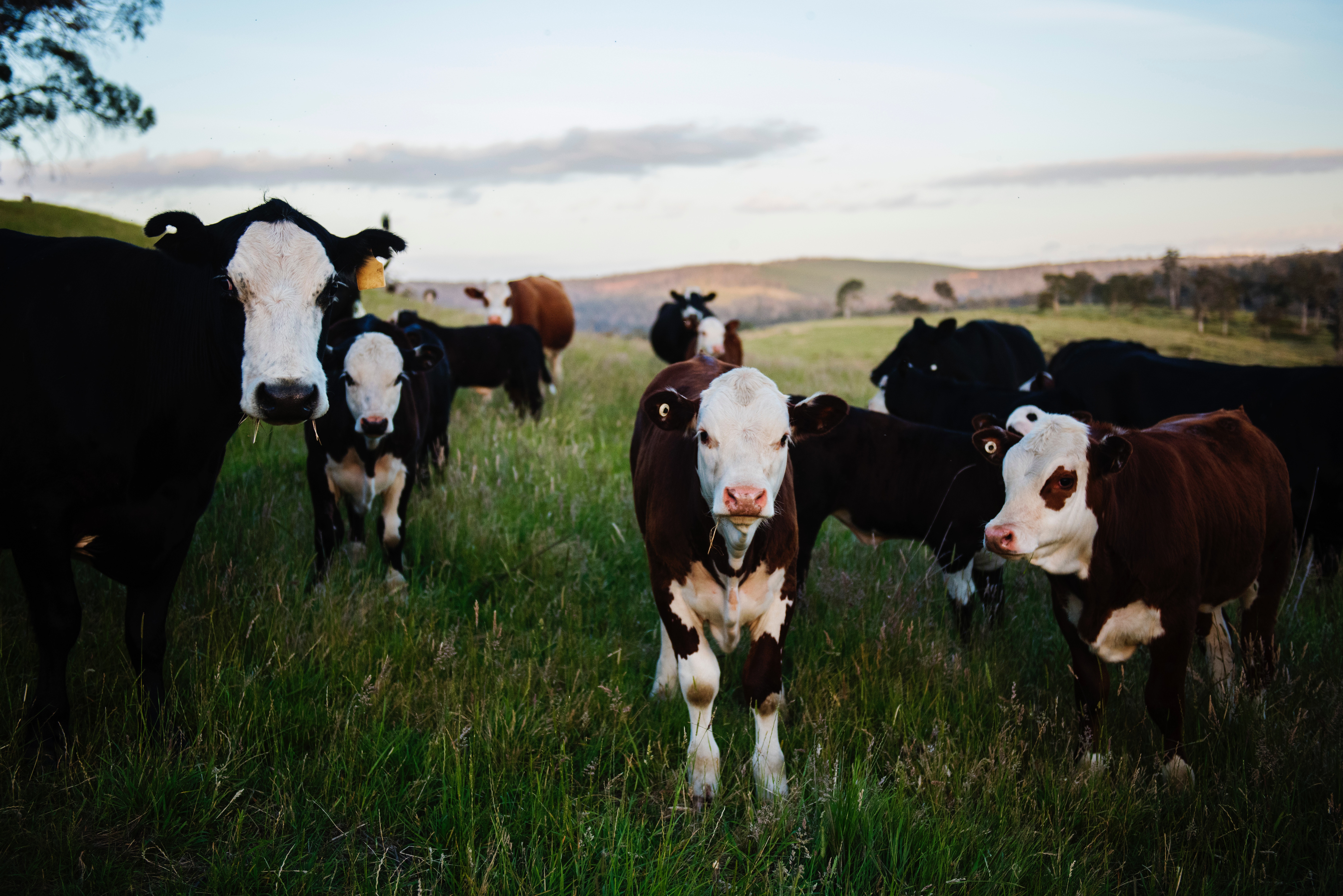ST. GEORGE — Tuesday was Cow Appreciation Day, and Utah celebrated cows and all that they contribute to society. But as the state’s No. 1 source of revenue in the agriculture industry, cows provide more to Utah than just meat and dairy.
According to a 2018 census by the United States Department of Agriculture, Utah is home to around 810,000 cows – that’s about one cow for every four people. In the U.S., the total is 36,402,700 cows, and while Utah may not have the highest number of cows in the U.S., Doug Perry, public information specialist for the Utah Department of Agriculture, said beef is the No. 1 agricultural product sold in Utah, making up for about 21% of the total market value.
“A lot of us like beef, and so the beef industry provides food for the citizens of Utah,” Perry said, “but it also exports a lot of that as well, so it feeds other states that perhaps don’t have as big of a livestock industry.”
Over the past five years, the number of cows in Utah has remained fairly consistent. 2016 saw the highest number, with 820,000 cows, an increase from the population of 780,000 that lived in Utah the year before.
Of the 810,000 head of cattle currently in the state, not including calves, 340,000 are beef cows and 100,000 are dairy cows.
Much of what cows do for the state is in local ranching communities. The cattle industry provides jobs and income for thousands of Utah families.

“The local economies where farmers or ranchers live, they’re able to produce an income for their family and be ranchers,” Perry said. “Economically it’s beneficial to local communities that have ranching operations in their county.”
In Southern Utah, Iron County has the fifth most farmlands in the state, with 512,940 acres in farmland. And on those farms, nearly 37,000 cows reside, which is beat only by the number of sheep and lambs, which is 42,000. The county ranks third in the state in cow milk production and 171st in the U.S.
In Washington County, there are 537 farms covering 155,047 acres of land, which has decreased by 7% since 2012. The county ranked 14th in the state for cattle population – numbering 12,670 – and 1,107th in the nation for milk sales.
Most ranchers in Utah do provide for their family by raising and selling cattle. In Utah, 95% of all farms are family owned. And 25% hire farm labor, which helps to provide for even more families.
“There are certain people who really generationally have been ranchers. And they want and love that lifestyle – that’s who they are. And so the ranching industry affords them the ability to do that, to live the lifestyle that they want in the community that they want,” Perry said.
In addition to providing food products and revenue, cows actually benefit the environment with their grazing patterns, Perry said. Most ranchers practice rotational grazing, meaning that they allow the cows to graze on one area of land and then move them to graze on another area while the other one recovers.
This benefits the environment by keeping certain species of plants from growing too much and overrunning and killing other plants in the area, which are often food sources for local wildlife.
“They work with the environment. It’s sort of a check and balance I guess you could say,” Perry said. “They’re all an ecosystem that works together, and as long as ranchers are being responsible and doing rotational grazing, cows help maximize the potential land.”
So whether you start your day with a bowl of cereal and milk or finish the day with a burger, you have a cow – and a rancher – to thank.
Email: [email protected]
Twitter: @STGnews | @MikaylaShoup
Copyright St. George News, SaintGeorgeUtah.com LLC, 2019, all rights reserved.